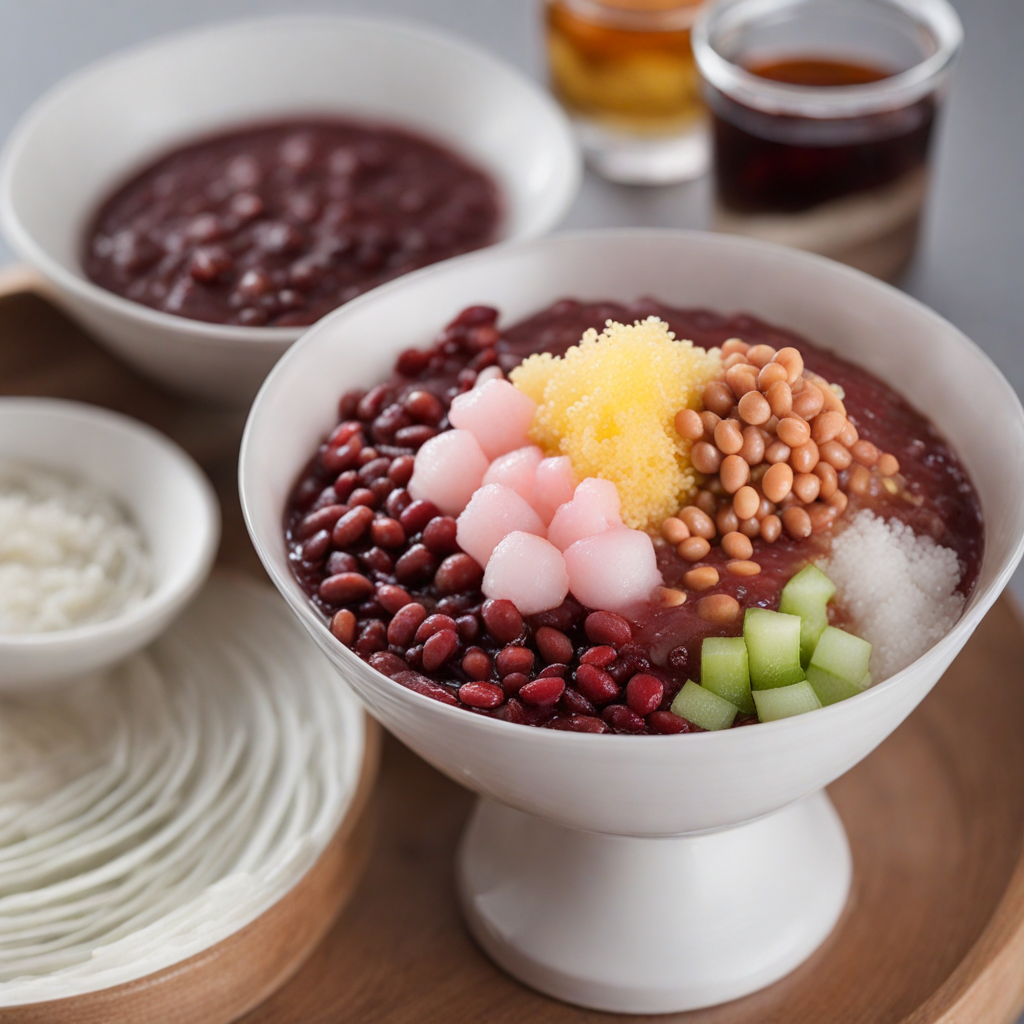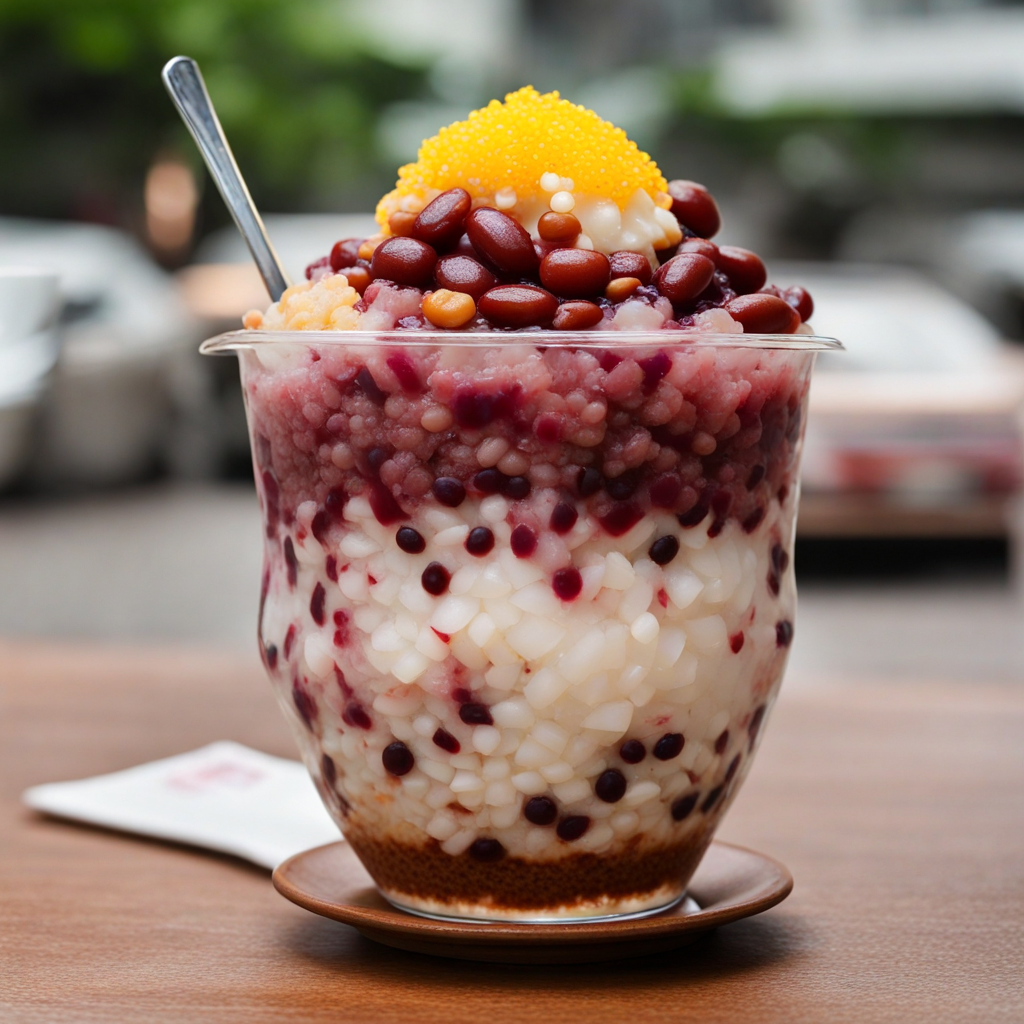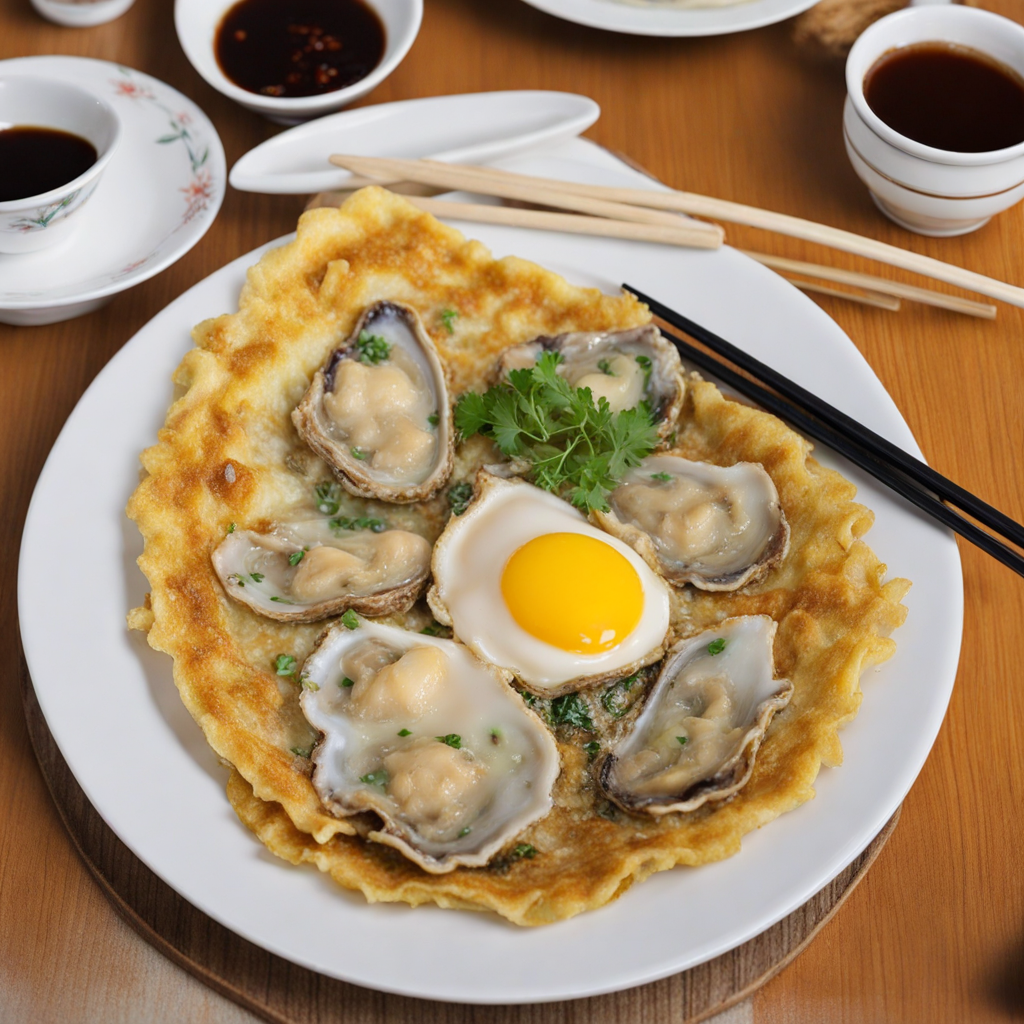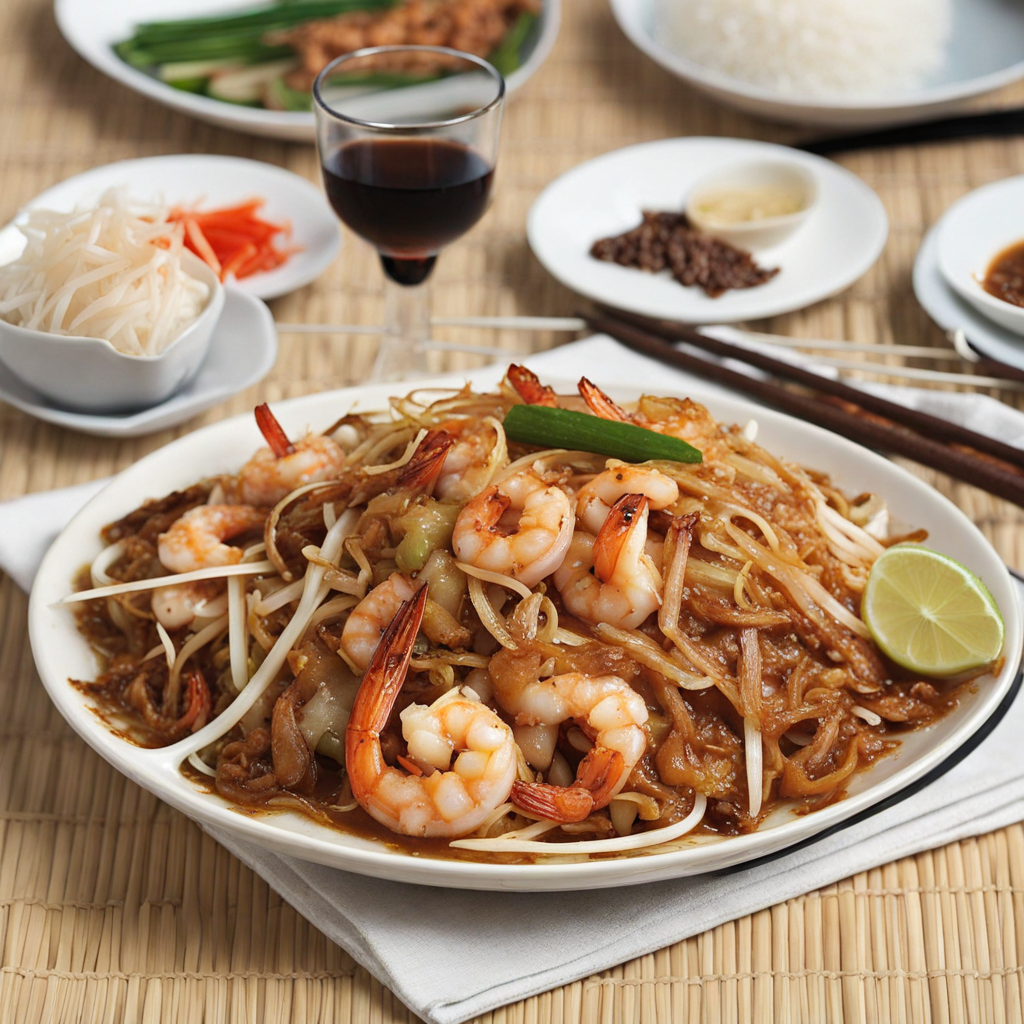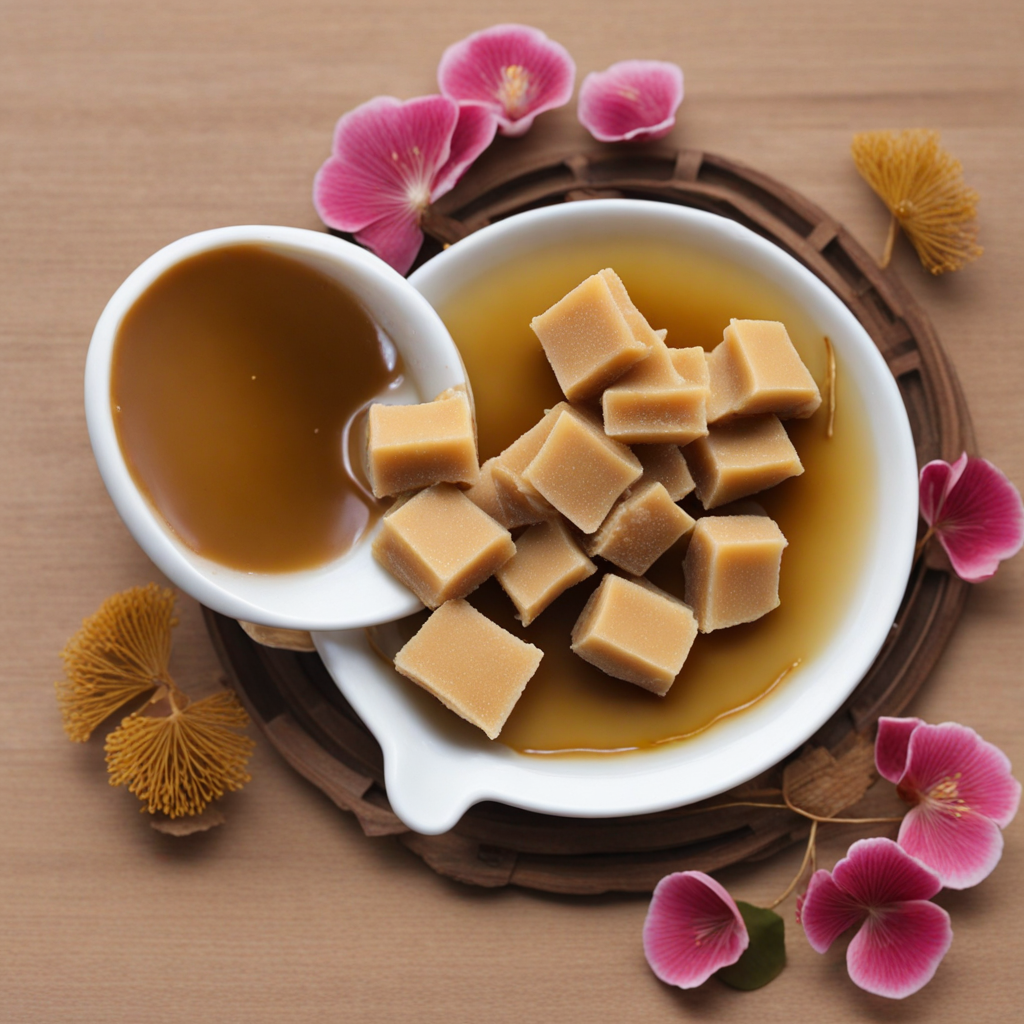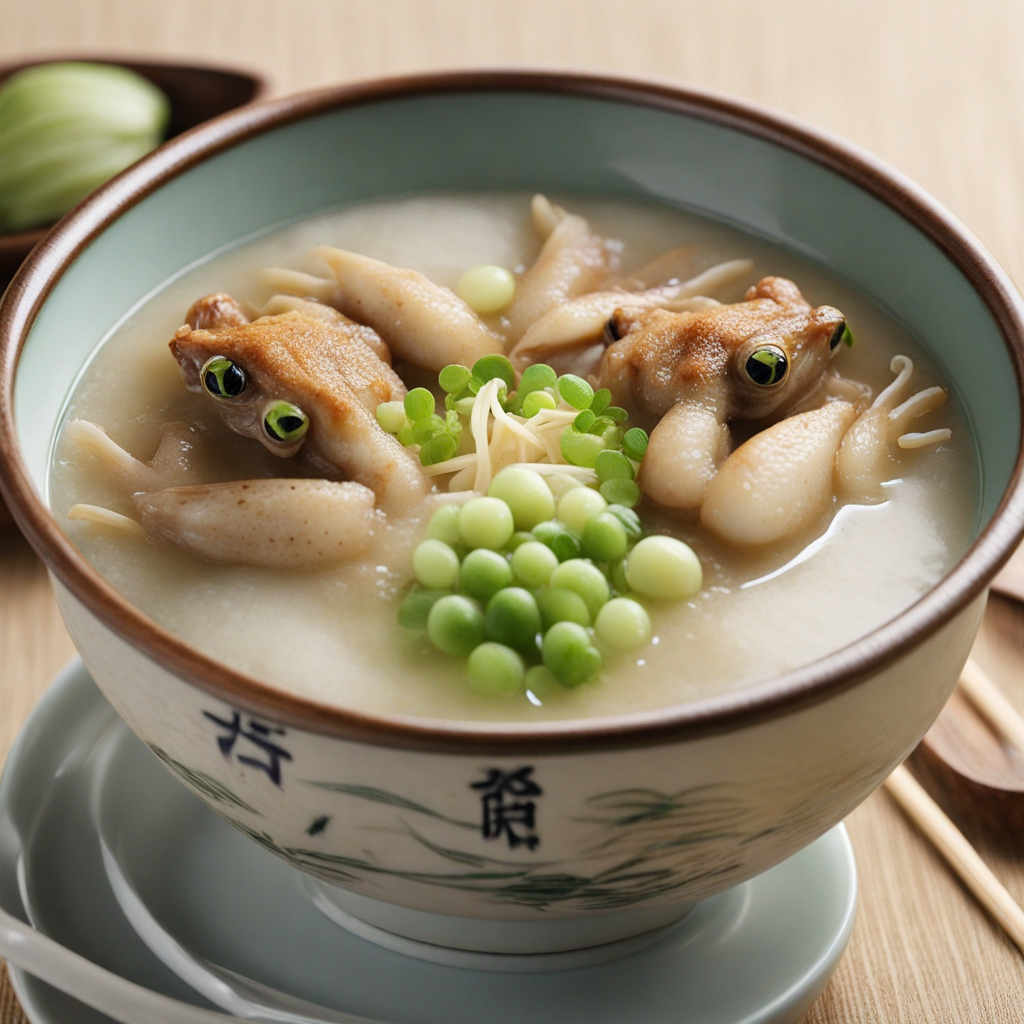Ais Kacang
Ais Kacang, a beloved dessert originating from Southeast Asia, particularly popular in Singapore, is a delightful concoction that tantalizes the taste buds with its vibrant flavors and textures. At its core, Ais Kacang features a generous mound of finely shaved ice, which serves as a refreshing base. The ice is often topped with a colorful assortment of ingredients, including sweet red beans, green jelly (known as pandan jelly), and creamed corn, creating a visually appealing treat that beckons you to dig in. Each bite offers a satisfying crunch followed by a frosty melt-in-your-mouth sensation that is simply irresistible. The true magic of Ais Kacang lies in its myriad of toppings and syrups. Commonly drizzled over the ice are sweetened condensed milk and vibrant syrups that come in an array of flavors, such as rose, gula Melaka (palm sugar), and even durian for the adventurous eater. Each syrup adds a unique sweetness that contrasts beautifully with the other ingredients. The combination of textures—from the smoothness of the syrup and cream to the chewiness of the beans and jelly—creates a delightful experience with every spoonful. It's a dessert that embodies the spirit of Singapore's multicultural cuisine, blending influences from Malay, Chinese, and Indian culinary traditions. Ais Kacang is more than just a dessert; it's a celebration of flavors that reflects the local culture. Often enjoyed during hot and humid days, it serves as a cooling treat, bringing people together at hawker centers and street stalls across Singapore. Whether enjoyed as an afternoon snack or a sweet ending to a meal, Ais Kacang invites you to explore the harmonious balance of sweetness, texture, and refreshment. Each bowl is a personalized experience, with the option to customize your toppings, making it a dish that appeals to all palates and preferences.
How It Became This Dish
The Sweet Journey of 红豆冰 (Red Bean Ice): A Culinary Delight from Singapore The Origins Red Bean Ice, or 红豆冰 (hóng dòu bīng), is a beloved dessert that embodies the vibrant tapestry of Singapore's multicultural society. Its origins can be traced back to the broader tradition of ice desserts prevalent in East and Southeast Asia. The dessert is primarily made from adzuki beans, which are cooked until soft, sweetened, and then served over crushed ice, often accompanied by a variety of toppings such as condensed milk, coconut milk, or other fruits. The use of adzuki beans in desserts has its roots in Chinese cuisine, where they have been prized for their flavor and health benefits for centuries. In traditional Chinese culture, these beans are believed to bring good luck and prosperity, making them a staple in many celebratory dishes. The preparation of sweet bean paste, particularly in mooncakes and other confectionery, showcases the versatility of adzuki beans in Chinese culinary practices. Cultural Significance Singapore's food culture is a melting pot of influences, with Chinese, Malay, Indian, and Peranakan cuisines coexisting and enriching one another. Red Bean Ice is a prime example of this fusion. While its roots are firmly planted in Chinese traditions, the dessert has evolved to reflect the diverse culinary landscape of Singapore. The dessert is particularly popular during the hot and humid months, providing a refreshing respite from the tropical heat. It is often enjoyed in hawker centers, where vendors serve it alongside other traditional desserts like chendol and ice kachang. The communal aspect of enjoying Red Bean Ice in these bustling food courts highlights the social nature of Singaporean dining culture, where people gather to share meals and experiences. Moreover, 红豆冰 holds a special place in local festivals and celebrations. It is a common feature at Chinese New Year gatherings, where families prepare an array of desserts to welcome the new year. The sweetness of the red beans symbolizes joy and prosperity, making it an auspicious choice for festive occasions. As such, Red Bean Ice transcends its role as merely a dessert; it embodies the collective memory and cultural identity of Singaporeans. Development Over Time As Singapore progressed through the 20th century, so did its culinary landscape. The post-war era saw an influx of different communities contributing to the country’s food scene, which allowed traditional desserts like 红豆冰 to flourish. With the rise of ice and dessert stalls in hawker centers during the 1960s and 1970s, Red Bean Ice became more accessible to the masses. During this time, vendors began to innovate upon the traditional recipe. While the classic version featured just adzuki beans and ice, it gradually evolved to include a variety of toppings. The addition of sweet corn, grass jelly, and even durian exemplifies the creativity of Singaporean hawkers in adapting to diverse palates. The introduction of condensed milk and coconut cream added a rich creaminess that elevated the dessert, making it an even more delightful treat. In the late 20th century, as Singapore underwent rapid modernization and globalization, the dessert began to gain recognition beyond its local roots. The introduction of modern food trends and the influence of social media allowed for a resurgence in interest in traditional desserts. Food bloggers and influencers began to showcase Red Bean Ice, highlighting its unique flavors and textures. This renewed attention sparked a renaissance of traditional desserts, with new eateries specializing in such items, often presenting them in modern, Instagram-worthy styles. Global Influence and Contemporary Appeal Today, 红豆冰 has transcended its local origins and can be found in various forms across the globe, particularly in Asian diasporas. From dessert cafes in New York to bubble tea shops in London, the flavors of Singapore’s iconic dessert have made their way to international menus. This global appeal has led to the emergence of fusion desserts, where Red Bean Ice is combined with other influences, such as matcha or mango, demonstrating the dessert’s adaptability. Moreover, the health-conscious movement has also influenced the preparation of 红豆冰. With more people seeking out healthier options, some vendors have begun to offer variations that use less sugar or alternative sweeteners, while still retaining the essence of the traditional dessert. The use of organic adzuki beans and natural toppings reflects a growing trend toward sustainability and wellness in food choices. In Singapore, Red Bean Ice remains a staple on hot days, often enjoyed leisurely while people watch the world go by in hawker centers or cafes. Its simplicity and nostalgia continue to connect generations, as older Singaporeans reminisce about their childhood experiences enjoying the dessert, while younger generations discover it anew. Conclusion 红豆冰 is more than just a dessert; it is a cultural artifact that tells the story of Singapore’s rich culinary heritage. From its humble beginnings rooted in Chinese tradition to its evolution as a beloved dessert enjoyed by many, it encapsulates the spirit of Singapore—a place where diverse cultures converge, creating a unique and dynamic food landscape. The dessert's journey reflects broader social changes, globalization, and modernization, ensuring that it remains relevant and cherished in contemporary society. As Red Bean Ice continues to evolve, it stands as a testament to the power of food in bridging cultural divides and fostering community. Whether enjoyed in a bustling hawker center or a trendy café, it serves as a reminder of the sweet moments shared among friends and family, and the rich tapestry of flavors that make Singapore’s culinary scene so captivating.
You may like
Discover local flavors from Singapore


